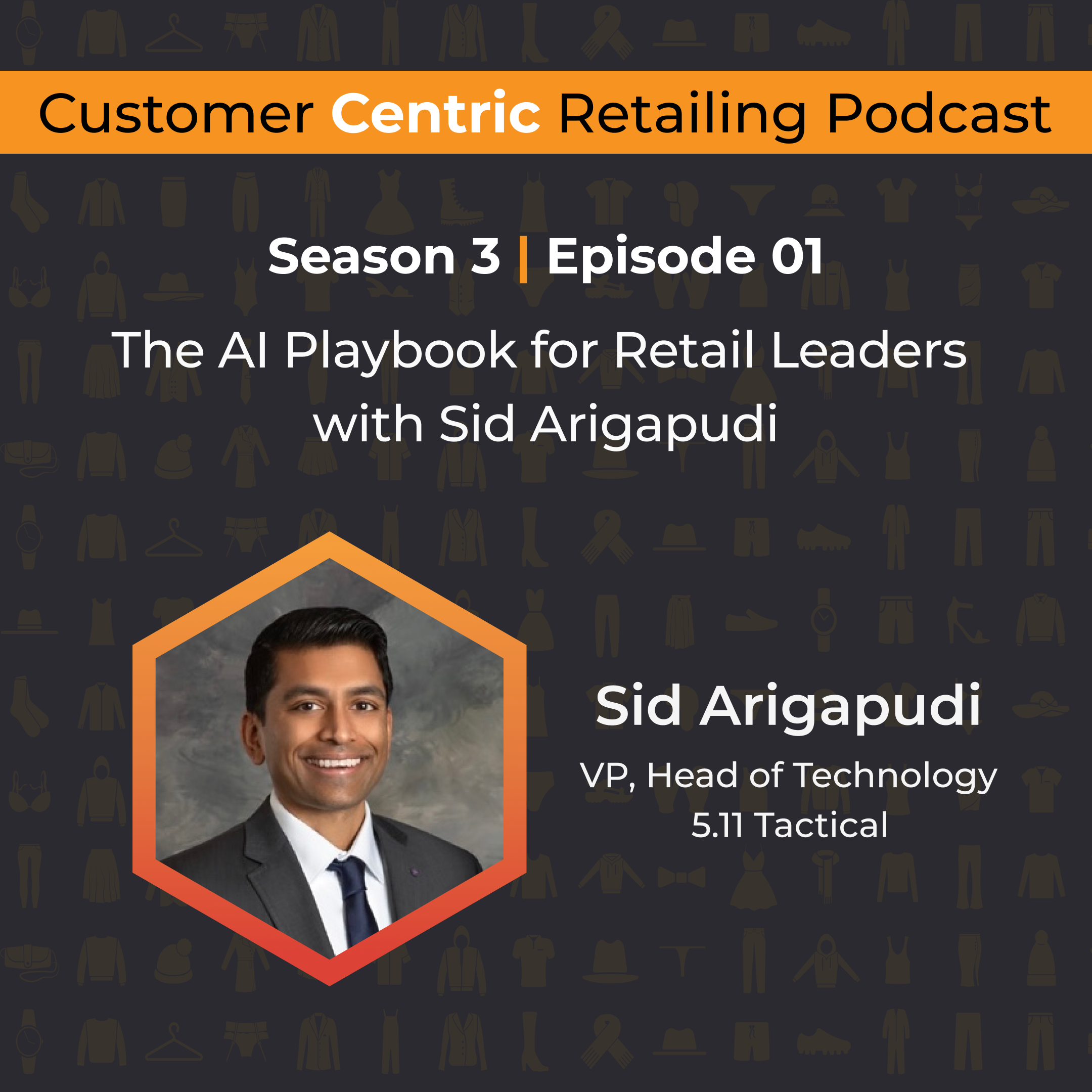Summary
In this episode, Akash Samtani shares his expertise on the evolving world of omnichannel retail, highlighting the key challenges and incredible opportunities retailers face today. From seamlessly connecting physical stores with online platforms and centralized inventory management to navigating the shifting dynamics between B2B and D2C strategies, he provides a roadmap for achieving a truly integrated and customer-centric retail experience.
He also shares his experience in the tobacco industry, where he led the transformation by leveraging digital tools to drive business growth and expand market reach. Akash offers practical insights into digital tools, strategies, and mindset needed to help businesses thrive in this fast-paced, competitive market.




